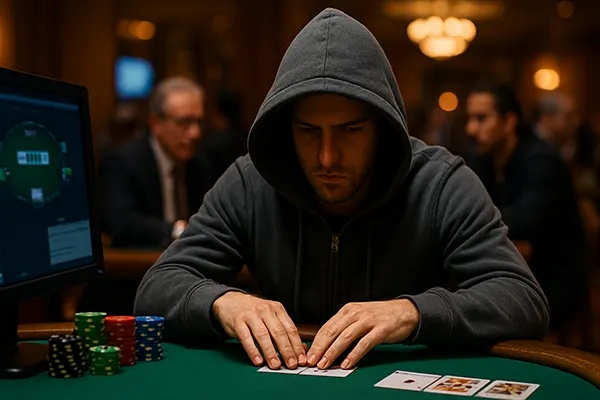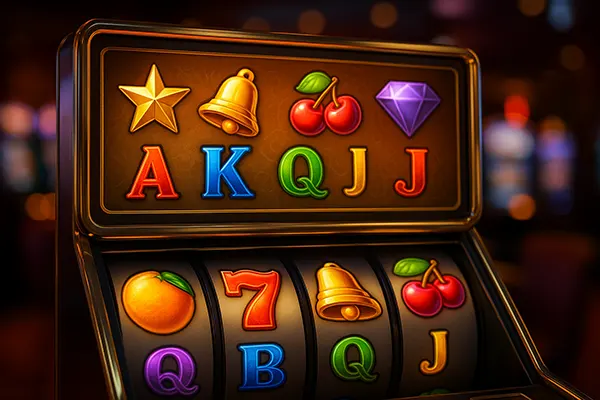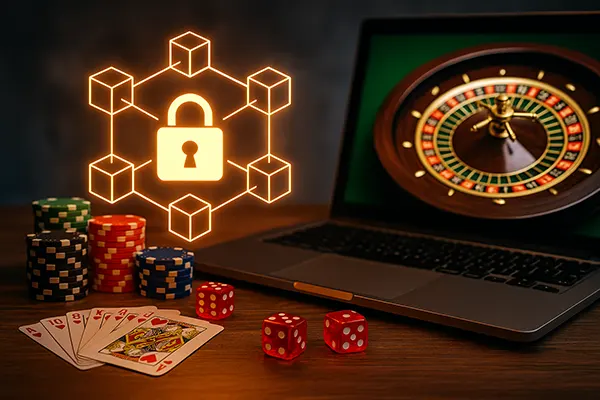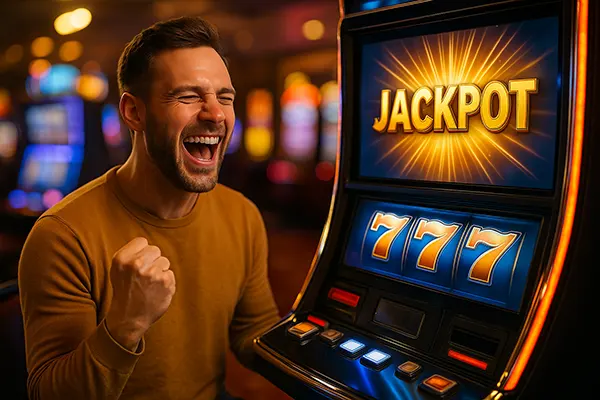
Transitioning Between Poker Formats: From Online to Live — How to Adapt
Switching from online poker to live games can be both exciting and challenging. While the basic rules remain the same, the dynamics, pace, and psychology differ significantly. Adapting to this new environment requires not only technical skill but also emotional control, observation, and an understanding of live table etiquette. This guide explains how to make that transition smoothly and confidently.
Understanding the Core Differences Between Online and Live Poker
In online poker, everything happens at lightning speed — hands are dealt automatically, statistics are tracked digitally, and decisions are made in seconds. In contrast, live poker moves at a much slower pace. Players have time to think, read their opponents, and interact socially. This slower rhythm requires patience and concentration.
Another key difference is information visibility. Online players rely on HUDs (Heads-Up Displays) and software tools to analyse patterns. In live poker, you must observe physical behaviour, body language, and betting patterns instead. These subtle cues often reveal more than any software could.
Finally, emotional control plays a far greater role at the table. When sitting face to face with opponents, every movement can betray your thoughts. Maintaining composure under pressure is essential, as experienced players quickly spot nervous habits or overconfidence.
Adjusting to the Psychological and Social Aspects
Unlike online sessions, where you sit behind a screen in comfort, live poker demands social engagement. You’ll interact with dealers, fellow players, and sometimes even the audience. Building confidence in this environment can take time, especially for those used to anonymity.
One effective way to adapt is to visit local card rooms before joining major tournaments. Observe how players handle chips, communicate, and maintain composure. Gradual exposure helps reduce tension and develops situational awareness, which is key for success.
Also, remember that patience is a skill. In live poker, fewer hands are played per hour, so avoid boredom-induced mistakes. Use downtime to study others — their timing, breathing, or reactions when they win or lose. These insights can later translate into profitable reads.
Developing New Skills for Live Play
When shifting formats, the first skill to develop is reading people. In live games, physical tells often reveal valuable information. Watch for micro-expressions, fidgeting, or patterns like checking chips before bluffing. While no tell is universal, consistent observation gives you a psychological edge.
Bankroll management also changes. Live poker involves higher expenses — travel, entry fees, and table tips. A disciplined budget prevents financial stress and allows you to focus on the game. Plan ahead and separate personal finances from your poker bankroll to stay organised.
Lastly, sharpen your mental endurance. Live sessions can last for hours without breaks, testing focus and emotional balance. Proper rest, hydration, and nutrition play an underrated but vital role in maintaining performance across long sessions.
Building a Strategy That Fits the Live Format
Online strategies based on rapid aggression and multi-tabling often fail in live settings. The average live opponent plays fewer hands and values social cues more. Adjust your approach by tightening pre-flop ranges, increasing positional awareness, and using observation to spot weak tendencies.
Bluffing in live poker should be more selective. Since players can see your reactions, unnecessary bluffs often backfire. Instead, focus on semi-bluffs with equity — hands that can improve even if called. A calm and consistent demeanour enhances credibility at the table.
Additionally, learn to adapt to different casino structures. From small-stakes cash games to high-roller tournaments, each venue has its own rhythm. Familiarising yourself with house rules and dealer procedures ensures smooth gameplay and avoids unnecessary distractions.

Maintaining a Professional Mindset During the Transition
Transitioning to live poker is as much a mental shift as it is a technical one. Treat every session as a learning experience rather than purely a competition. Analysing mistakes, reflecting on emotional triggers, and keeping a performance journal can accelerate growth.
Networking with experienced live players is another valuable step. Many are willing to share insights about the psychological pressure of in-person games and how to handle losing streaks gracefully. These real-world perspectives help bridge the gap between online theory and live practice.
Finally, consistency is the true mark of professionalism. Whether you play online or at a live table, maintaining discipline in decision-making and bankroll management defines long-term success. Poker remains a game of incomplete information — and adaptation is your most powerful skill.
Adapting for the Future of Hybrid Poker
As of 2025, hybrid poker formats combining live and digital elements are gaining popularity. Events now feature real dealers with digital tracking systems, blending both experiences. Players familiar with online analytics will find these setups particularly rewarding.
Staying flexible ensures that you remain competitive regardless of how the game evolves. Continuous learning — through study groups, podcasts, or tournament reviews — keeps your skills relevant. The ability to balance intuition with data-driven analysis defines the modern poker player.
Ultimately, the journey from online to live poker is about evolution. Embrace the challenge as an opportunity to refine not only your strategy but also your emotional intelligence. True mastery lies in adapting to every environment while staying grounded in discipline and respect for the game.
Popular
-
How to Evaluate Slot Risk Level Using the ...
Understanding the risk profile of a slot …

-
Blockchain’s Influence on Transparency in ...
Blockchain has become one of the most …

-
Jackpot Games: Are the Odds Really That Low?
Jackpot games have long captured the attention …

